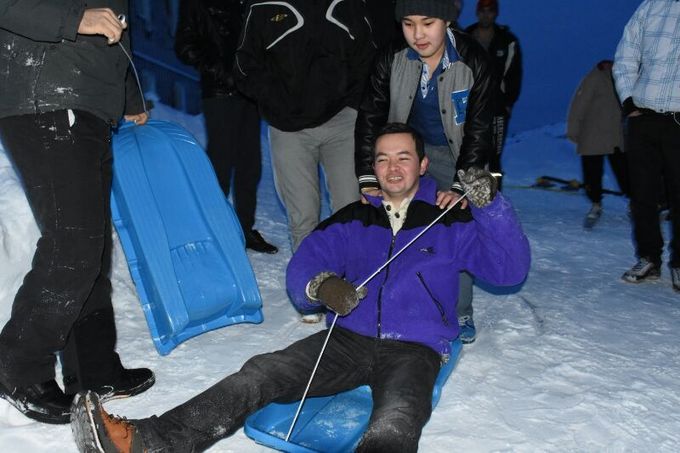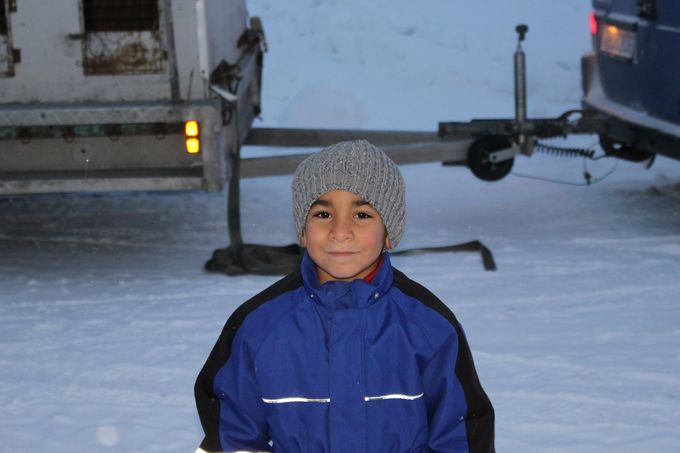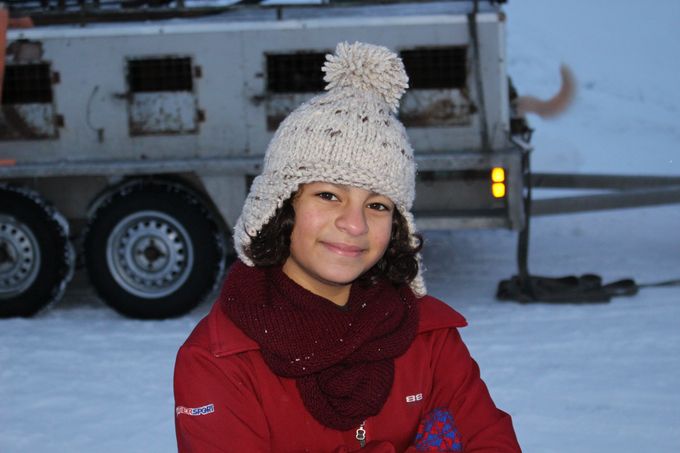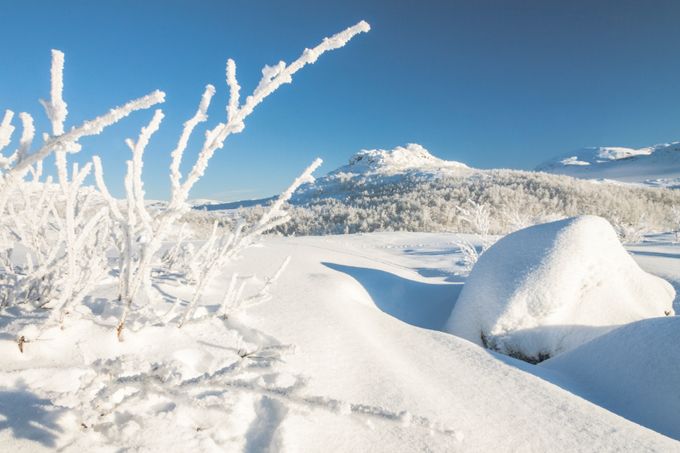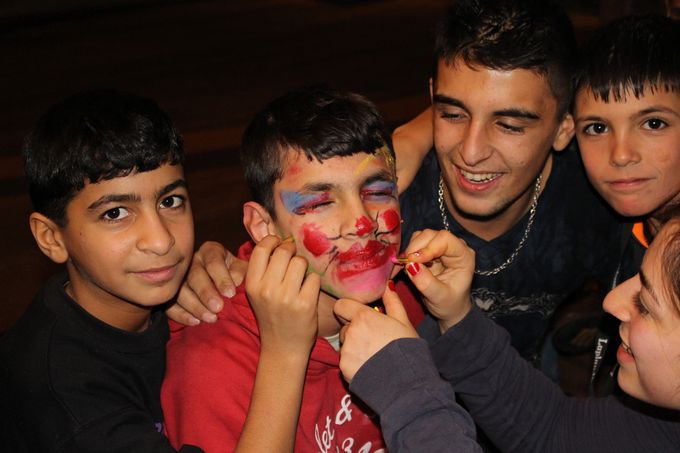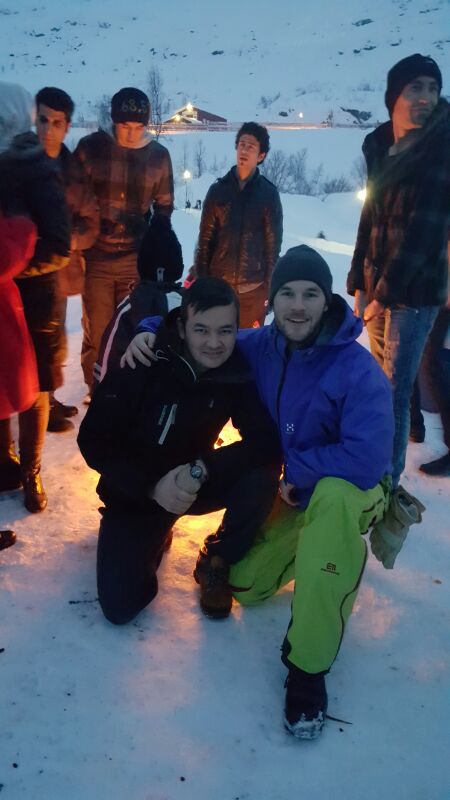Words by Sam Haddad | Illustration by Matt Ward | Photos by Peter Ulfves
Imagine being forced to leave your home and seek another life in a different country. Now picture the place you’ve moved from as warm, light and desert-like. But the area you’ve moved to is 20 degrees cooler, with snow and ice on the ground, and days where the darkness never ends.
This is how things are for Hakim Akbary, an Afghan refugee, now living and working in Riksgränsen, the world’s most northerly ski resort. Having been displaced from Kabul he’s now in Swedish Lapland, 200km north of the Arctic Circle, working as a cleaner, though he used to have an office job as a translator. Still right now he couldn’t be happier.
“When the sun is shining it looks wonderful. I feel like it’s not reality, it must be a picture.”
He says: “Sometimes I work at breakfast and the windows show the mountains. When the sun is shining it looks wonderful. I feel like it’s not reality, it must be a picture. They look gorgeous; they look excellent. I love it.”
In Europe, as the refugee crisis grows deeper and more troubling by the day, Sweden is second only to Hungary in the number of asylum applications it processes per head. According to the the European Commission they have 1,667 asylum applications per 100,000 population, where as the UK has just 60.
Last autumn, the Swedish authorities came up with an unlikely idea to house the growing number of refugees in the country. They called up Sven Kuldkepp, the CEO of Lapland Resorts, which includes Riksgränsen, and asked if the resort could take some refugees in their off-season from mid-October to mid-February.
Kuldkepp says: “They knew we had space and as Riksgränsen is only us, the 20 or so people living here all year round, we said yes. We welcomed 620 refugees.”


